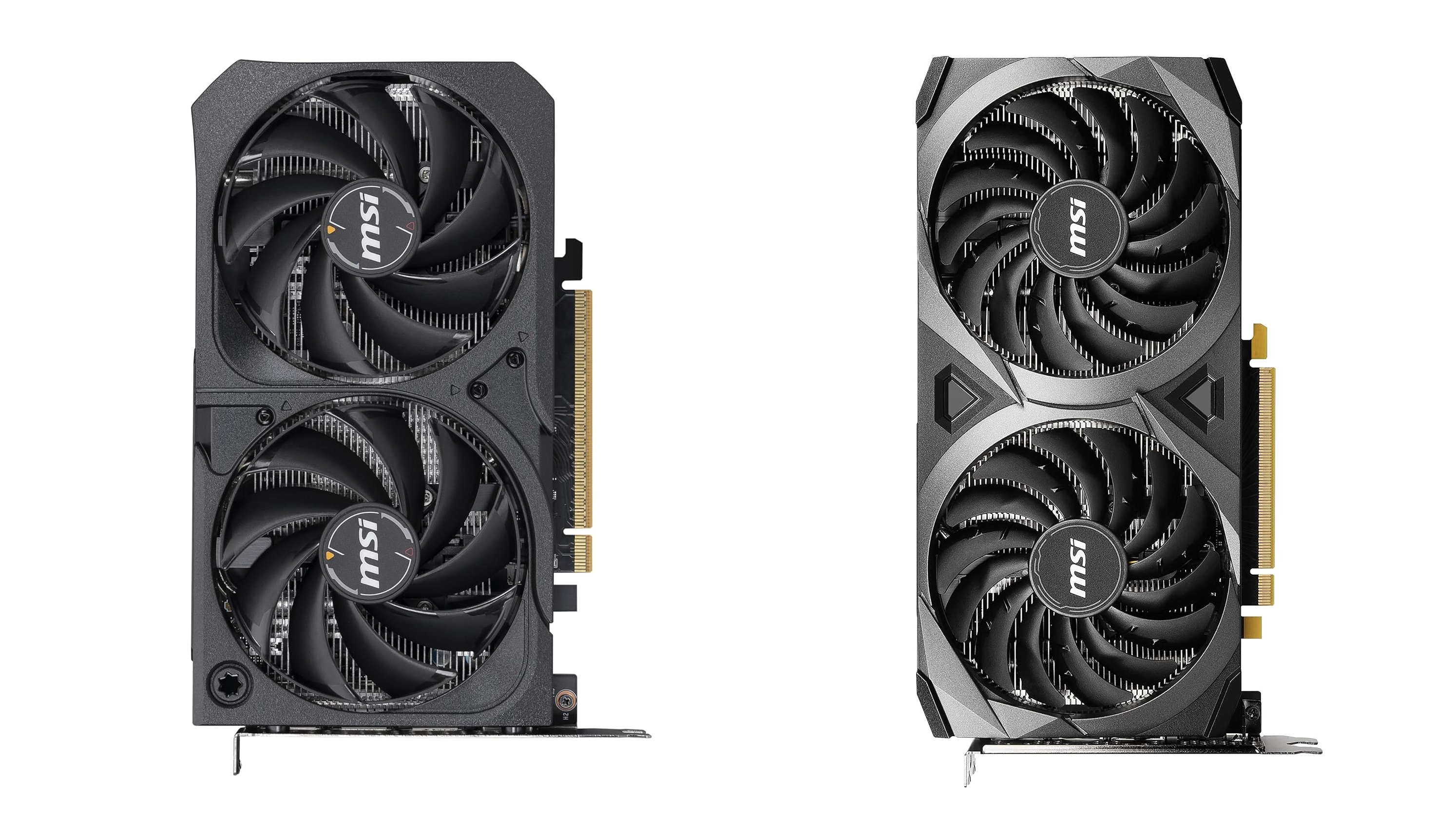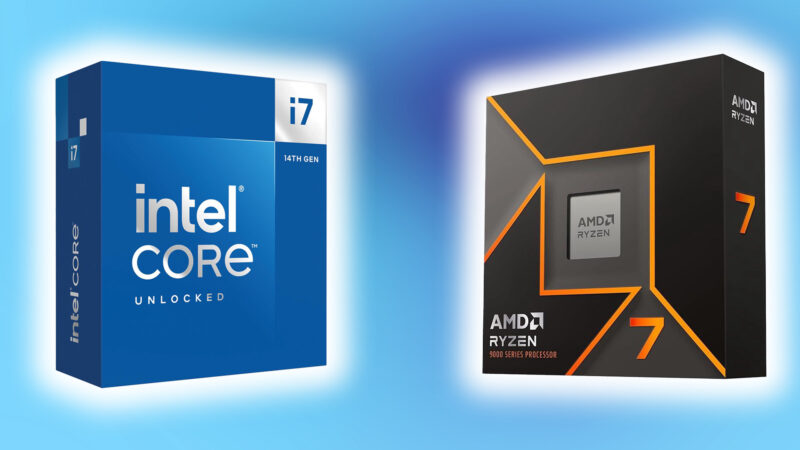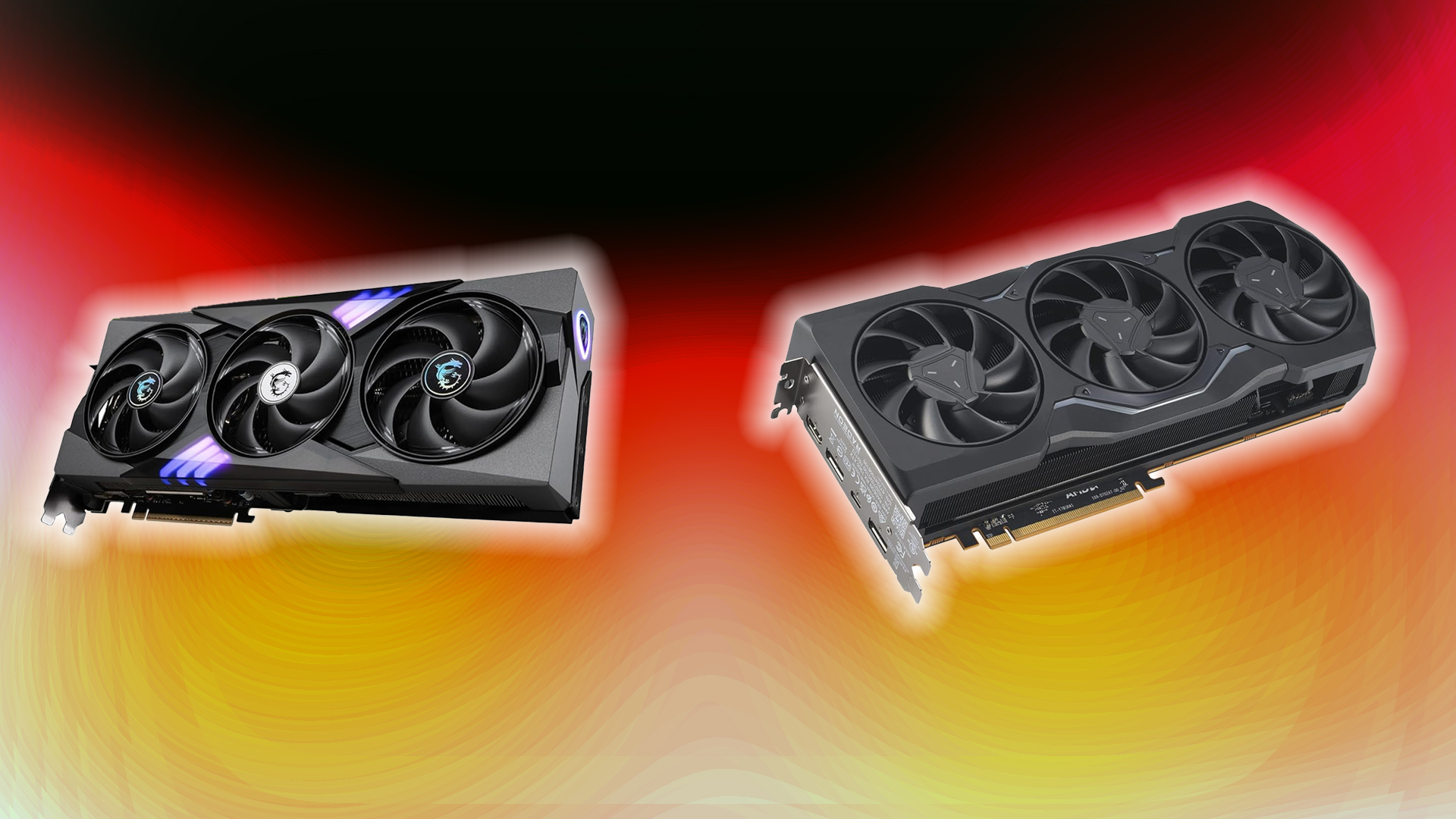Here are the best settings you should absolutely dial in while playing Elder Scrolls IV: Oblivion Remastered with your RTX 4070 Ti.
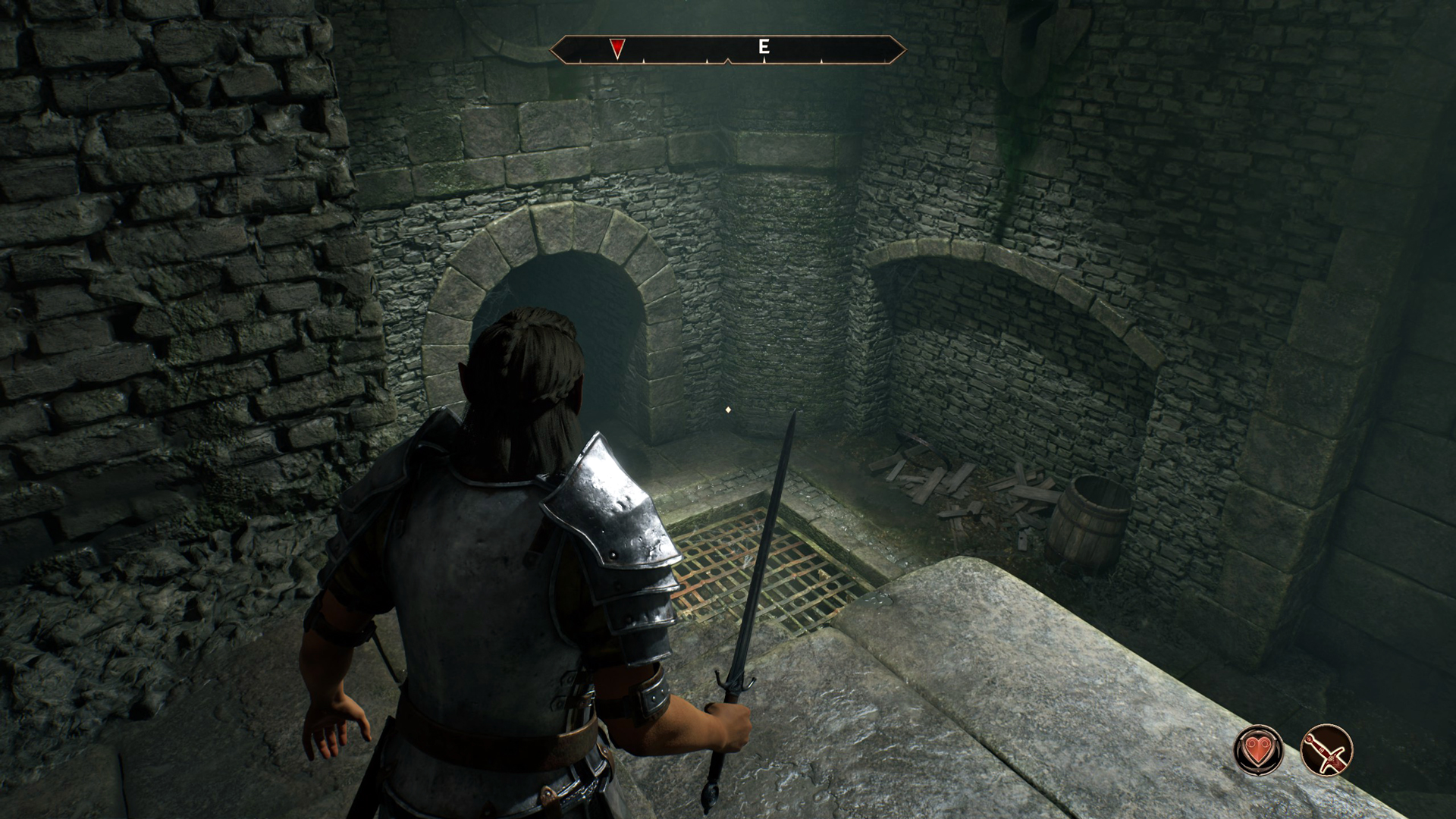
Oblivion Remastered is an incredible visual upgrade over its previous iteration. The game fully utilizes ray tracing from the outset and requires substantial hardware power to run at playable frame rates. Depending on the hardware configuration, the game automatically sets the settings and keeps upscaling enabled by default. But the auto settings can be further tuned to achieve an even better experience. Here are the optimal settings for the RTX 4070 Ti when playing Oblivion Remastered.
Note: For both software and hardware RT modes, you need a capable CPU, such as one well within the 13600K/Ryzen 5 7600 territory, to avoid CPU bottlenecks. Swap in DLSS 4 via the Nvidia app or DLSS Swapper to be more aggressive with the upscaling profile.
Best Settings for RTX 4070 Ti in Oblivion Remastered (1440p Optimized)
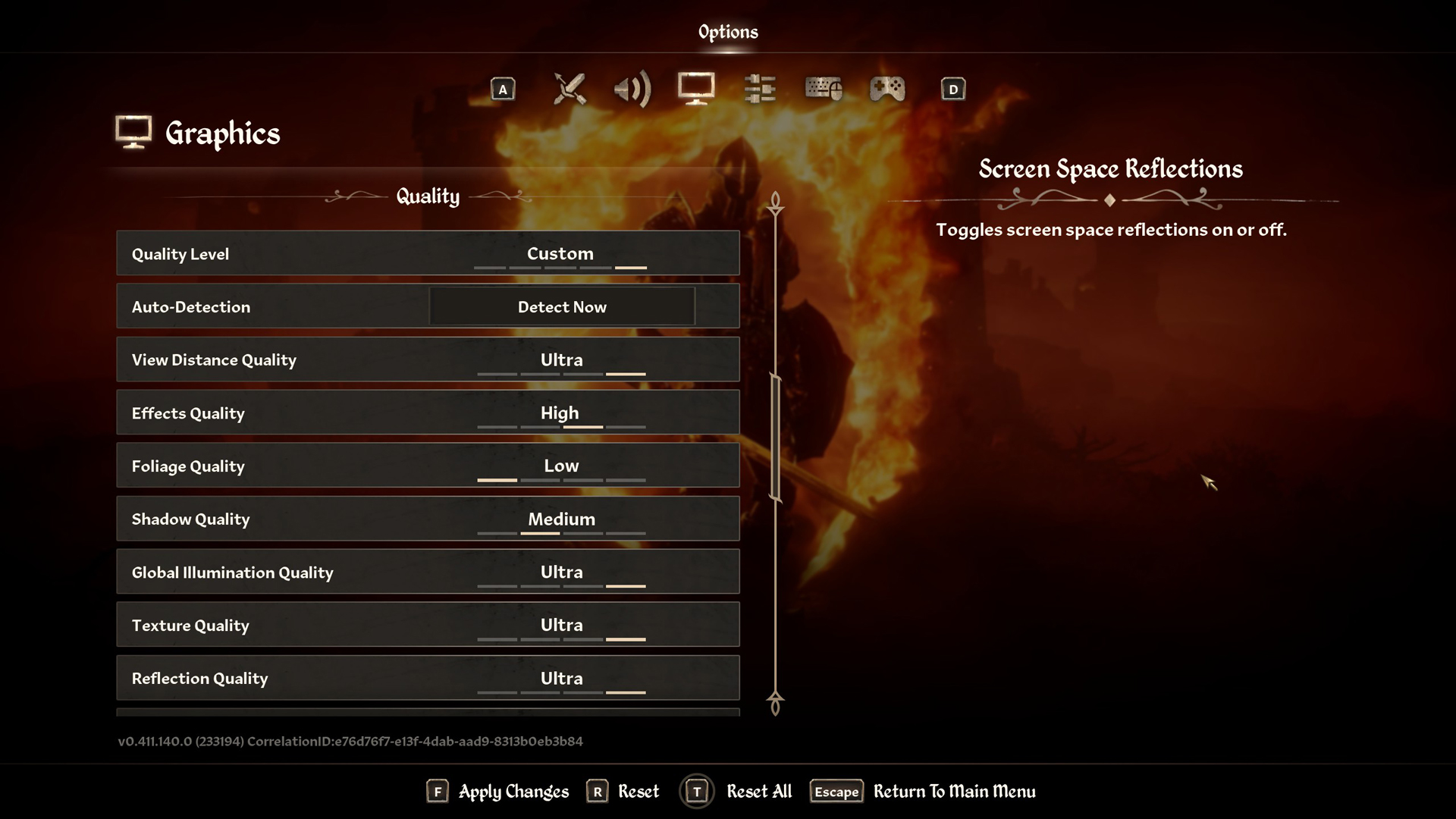
A few keynotes to consider:
- Lumen hardware RT is more efficient on Nvidia cards, period; the software mode is incredibly taxing on the CPU.
- The game utilizes approximately 9–10 GB of VRAM at these settings, making 12 GB of VRAM easily capable of playing this game.
- Keep Screen Space Reflections at the settings below for better visual quality with minimal performance impact.
- The lowest foliage quality is kept due to maximum GPU performance.
- DLSS Balanced mode with a sharpness value of 10 offers the best balance of image quality and performance.
- Disabling Frame Generation reduces latency in fast-paced gameplay but lowers the overall frame rate. This is totally up to your perspective.
- Additionally, you can use RTGSS (MSI Afterburner) to monitor your frame rates, VRAM usage, and other relevant metrics.
Best Settings Explored
| Setting | RTX 4070 Ti (12GB) |
| Resolution | 2560×1440 (Native) |
| Display Mode | Fullscreen |
| Resolution Scale | 100 |
| Frame Rate Limit | Uncapped |
| V-Sync | Off |
| Motion Blur | Off // preference |
| FOV 1st-Person | 75 // preference |
| FOV 3rd-Person | 75 // preference |
| Quality Level | Custom |
| View Distance Quality | Ultra |
| Effects Quality | High |
| Foliage Quality | Low |
| Shadow Quality | Medium |
| Global Illumination Quality | Ultra |
| Texture Quality | Ultra |
| Reflection Quality | Ultra |
| Post-Processing Quality | Medium |
| Hair Quality | Ultra |
| Cloth Quality | Ultra |
| Screen Space Reflections | On |
| Lumen Hardware RT | On |
| Lumen Hardware RT Lighting Mode | Medium |
| Lumen Software RT Quality | It will be greyed out when using hardware RT mode. |
| Anti-Aliasing | Will be greyed out using DLSS |
| Upscaling Technique | DLSS |
| DLSS Mode | Balanced |
| DLSS Sharpness | 10 // increase or decrease to your liking |
| DLSS Frame Generation | Off |
| NVIDIA Reflex | Disabled |
That wraps up the recommendations. You can fine-tune these settings to your liking and still enjoy the game at higher frame rates. If you are comfortable with Frame Generation, you can enable it. These settings are configured in a way that maintains at least 1–2 GB of VRAM headroom.
Looking For More Related to Tech?
We provide the latest news and “How To’s” for Tech content. Meanwhile, you can check out the following articles related to PC GPUs, CPU and GPU comparisons, mobile phones, and more:
- 5 Best Air Coolers for CPUs in 2025
- ASUS TUF Gaming F16 Release Date, Specifications, Price, and More
- iPhone 16e vs iPhone SE (3rd Gen): Which One To Buy in 2025?
- Powerbeats Pro 2 vs AirPods Pro 2: Which One To Get in 2025
- RTX 5070 Ti vs. RTX 4070 Super: Specs, Price and More Compared
- Windows 11: How To Disable Lock Screen Widgets
 Reddit
Reddit
 Email
Email
